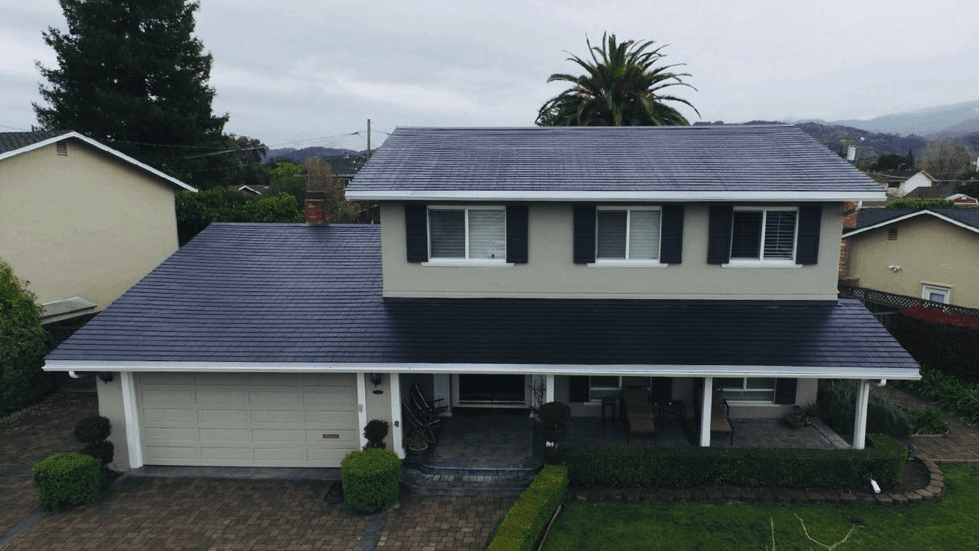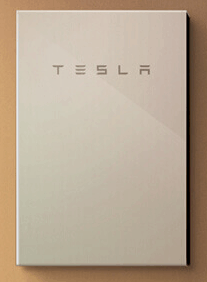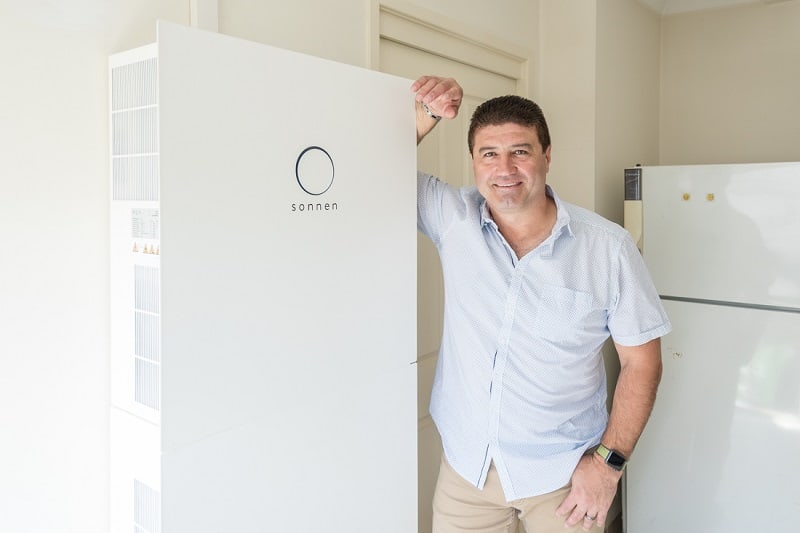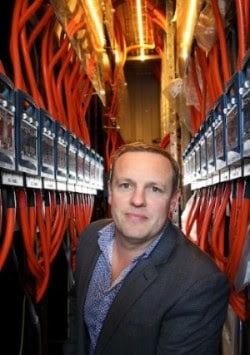Solar battery rebates in Victoria will be rolled out as part of the Andrews’ government’s $1.34b Solar Homes program. The program also includes half price solar panels for 650,000 households and a $1,000 discount on solar hot water installation for 60,000 households.
Solar Battery Rebates in Victoria – Solar Homes Program
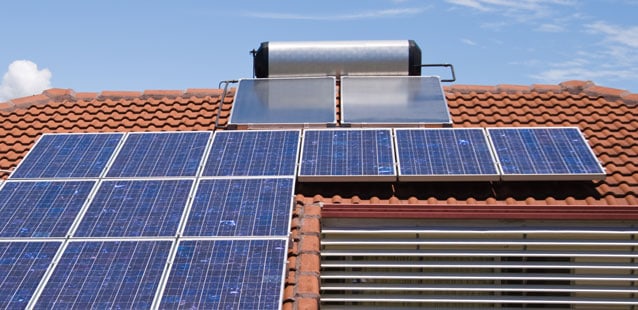
Victorian home owners who fit the criteria (it’s means tested) will get a 50% rebate to install battery storage. The rebate will be capped at $4838 in the first year and will slowly decrease to $3714 by 2026, factoring in the inevitability that prices will decrease and energy storage technology will improve. The Age are reporting that this policy will cost an estimated $40m, with around 10,000 Victorian households expected to take advantage of the fantastic subsidy offer.
According to the SBS, it’s part of Labor’s wider plan to increase renewable energy use and decrease the cost of living – with the plan being to work with energy distributors and invest $10m to help ‘renewable-proof’ the state grid over the next ten years.
“This is a game changer for Victorian families fed up with big corporations that have been price gouging and ripping consumers off,” Premier Daniel Andrews said.
Solar Homes Victoria Subsidy Breakdown
We’ve previously written about Labor’s half price solar for Victorians scheme- looks like there are some great plans coming to fruition for the state.
Solar Panels – $1.2b for 50% of solar system installation costs for 650,000 homes.
Solar Hot Water – $60m for $1000 subsiddies to install solar hot water.
Solar Batteries – $40m for 50% of solar battery installation costs for ~10,000 homes.
It’ll be very interesting to see how these solar battery rebates work in Victoria and if the other states (especially the ones with a high solar panel update) follow suit. Watch this space – we’ll keep you updated!

